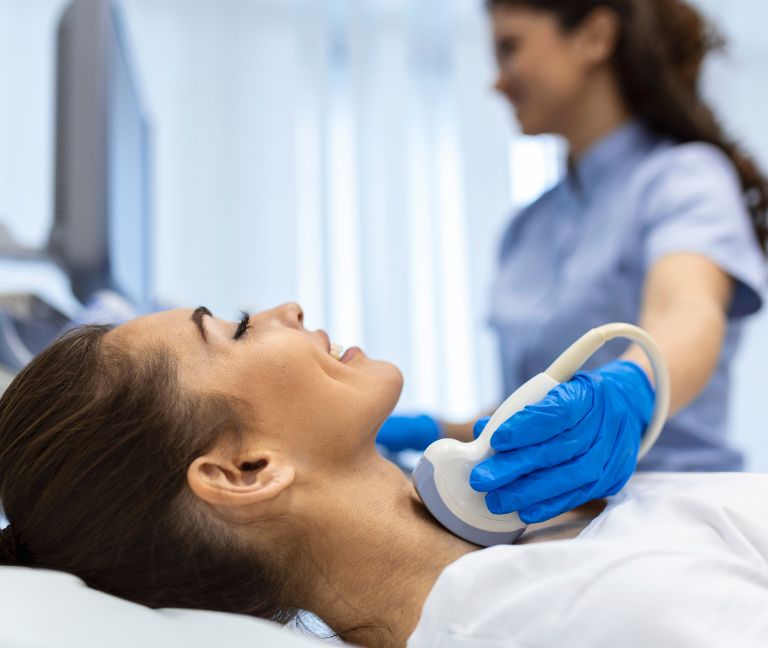Osteoporosis in Women : Know the Essential Facts About Bone Disease
Bone diseases, particularly osteoporosis, pose a significant health risk for women, as they can weaken bones and increase the chances of fractures. Osteoporosis causes chronically painful conditions, and elevates vulnerability to other bone diseases. To safeguard their bone health, it is crucial for women to be aware of the symptoms and causes of osteoporosis. However, before we delve into these aspects, let's get a clear understanding of what osteoporosis entails.
What is Osteoporosis?
Osteoporosis is a condition characterized by the loss of bone density and strength, leading to increased vulnerability to fractures. The word "osteoporosis" literally means "porous bone," as the affected bones appear more porous and have larger spaces compared to healthy bone when observed under a microscope. This bone disease occurs when the body loses too much bone or produces too little bone, or both. Weakened bones in people with osteoporosis can break even from minor incidents, such as sneezing or small bumps. If you are over 50 and have had a bone fracture, you should talk to your doctor about getting a bone density test.
Early Stages & Symptoms of Osteoporosis In Women
Osteoporosis generally does not cause any symptoms in the early stages. However, as the disease progresses, the following signs may be observed:
- Back pain, caused by fractured or collapsed vertebrae
- Loss of height over time
- Stooped posture or curvature of the spine
- Fractures occurring with minimal trauma or normal daily activities
Causes of Osteoporosis in Women
Various factors contribute to the development of osteoporosis in women. Aging is a significant risk factor, as the likelihood of this condition increases with age.
Postmenopausal women are particularly vulnerable due to a decline in estrogen levels, which play a crucial role in maintaining bone density. Hormonal imbalances, such as hyperthyroidism or low testosterone levels, can also heighten the risk of developing osteoporosis in women. Nutritional deficiencies, especially inadequate intake of calcium and vitamin D, compromise bone health since calcium is essential for strong bones and vitamin D aids in calcium absorption.
A sedentary lifestyle, characterized by a lack of physical activity or prolonged immobilization, can weaken bones. Genetics also play a role, and women with a family history of osteoporosis have an increased risk. Furthermore, certain medications, like corticosteroids and thyroid medications, as well as certain chronic conditions, can contribute to bone loss.
Apart from osteoporosis, women may also be susceptible to other bone diseases, including osteoarthritis, which primarily affects cartilage, the protective tissue cushioning the ends of bones in joints. Rheumatoid arthritis, an autoimmune disease, causes chronic inflammation and joint damage. Osteomalacia, characterized by bone softening, can result from vitamin D deficiency or impaired absorption. Paget's disease of bone involves abnormal bone remodeling, leading to fragile and misshapen bones.
Understanding these factors and bone diseases is crucial for women to take proactive steps towards maintaining strong and healthy bones throughout their lives.
Preventing Osteoporosis in Women
There are a number of things that women can do to help prevent osteoporosis, including:
Eating a Healthy Diet:
A well-balanced diet includes plenty of calcium and vitamin D. Good sources of calcium include dairy products, leafy green vegetables, and fortified foods. Fatty fish, egg yolks, and fortified milk are good sources of vitamin D.
Engaging in Regular Exercise:
Weight-bearing exercises, such as walking, running, dancing, and tennis, help build and maintain strong bones. These activities stimulate bone formation and improve overall bone density.
Considering Calcium and Vitamin D Supplements:
If your diet doesn't provide sufficient calcium and vitamin D, supplements may be necessary to meet the recommended daily intake. Calcium is vital for bone strength, while vitamin D aids in calcium absorption.
Quitting Smoking:
Smoking has detrimental effects on bone health and can increase the risk of osteoporosis. Quitting smoking is beneficial not only for bone health but also for overall well-being.
Limiting Alcohol Intake:
Excessive alcohol consumption can contribute to bone loss and increase the risk of osteoporosis. It's important to moderate alcohol intake or avoid it altogether to maintain optimal bone health.
Taking Care of Your Health:
Maintaining a healthy weight through a balanced diet and regular exercise helps reduce strain on your bones. Managing stress levels and ensuring adequate sleep also play a role in promoting bone health.
By incorporating these preventive measures into your lifestyle, you can significantly reduce the risk of bone diseases like osteoporosis and promote overall bone strength and well-being.
Remember, it's always advisable to consult with a healthcare professional for personalized advice regarding your bone health and any necessary lifestyle adjustments.
Conclusion
Bone diseases, especially osteoporosis, pose significant challenges to women's health. Understanding the essential facts is crucial for early detection, prevention, and management. Recognizing symptoms like back pain and height loss and understanding causes such as age, hormonal imbalances, and nutritional deficiencies allow proactive steps for bone health.
Adopting a healthy lifestyle, seeking medical advice, and practicing preventive measures like exercise, proper nutrition, and avoiding harmful habits protect bone health. This empowers women to lead lives of strength, mobility, and well-being.
Your AsterDM Team
At Aster DM, we prioritize the well-being of individuals with orthopedic symptoms. Our dedicated team of orthopedic doctors provide comprehensive care tailored to each patient's unique needs. With their expertise and experience, our physicians skillfully assess and address the specific requirements of orthopedic cases.





